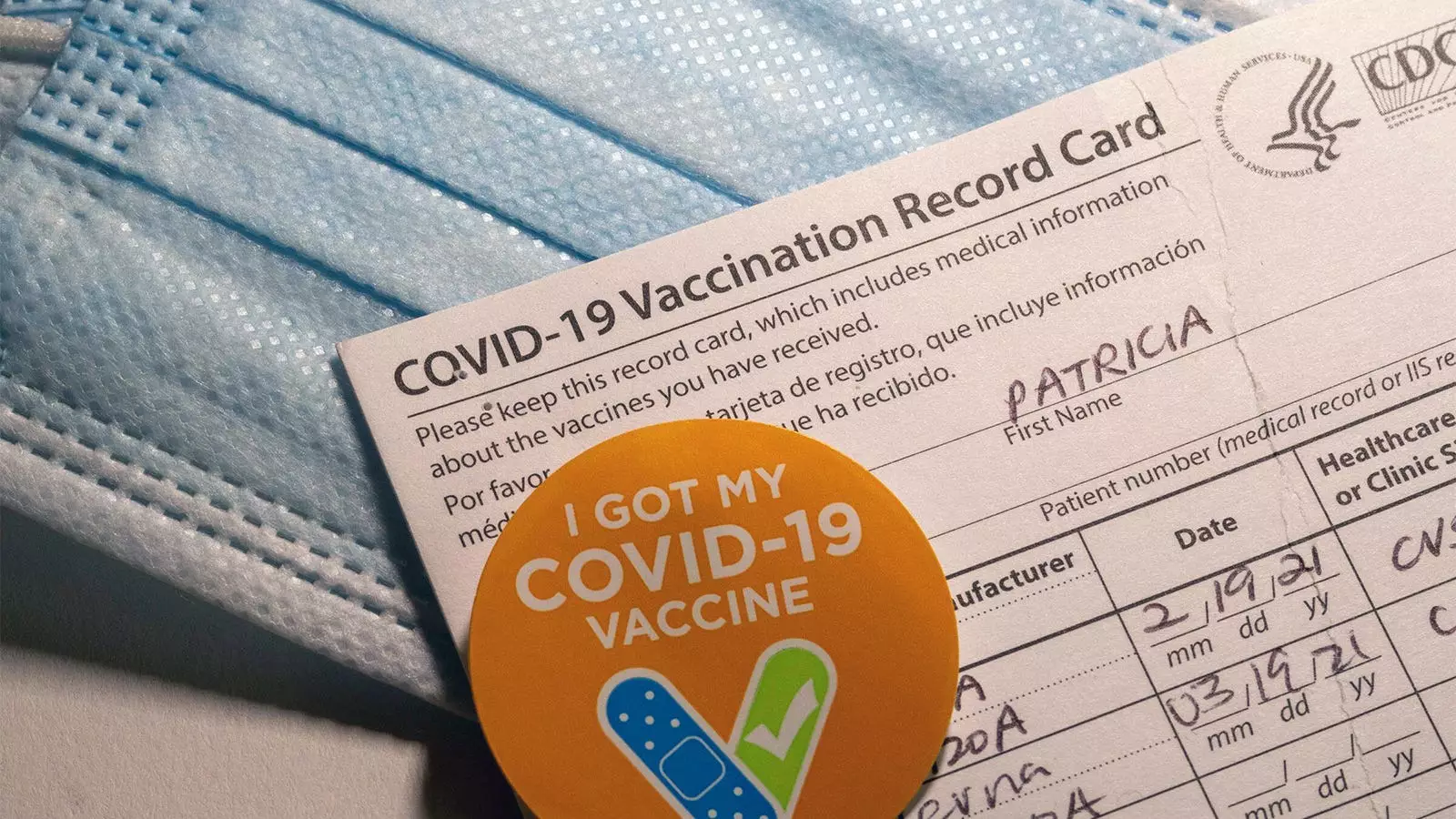The Countermeasures Injury Compensation Program (CICP) has been a critical component of the U.S. government’s response to public health emergencies since its establishment in 2009. Designed to handle claims from individuals injured by covered medical countermeasures such as vaccines and treatments, the program has recently seen an unprecedented surge in claims due to the COVID-19 pandemic. The systems in place, however, have struggled to adapt to this overwhelming demand, revealing significant challenges in processing claims efficiently and fairly.
Surge in Claims During the Pandemic
According to a report from the U.S. Government Accountability Office (GAO), the CICP experienced a staggering influx of claims during the COVID-19 pandemic, achieving a 27-fold increase compared to its first decade of operation. In total, 13,333 claims were submitted in a remarkably short duration, emphasizing the urgent need for an efficient response mechanism in light of a global health crisis. The report also highlighted that only a fraction of these—about 25%—had seen resolutions regarding eligibility for compensation as of mid-2023, raising questions about the program’s responsiveness and resource allocation.
Compensation Distribution and Patterns
Out of the claims that were processed by the CICP, only 92 individuals were deemed eligible for compensation due to serious injuries or deaths linked to countermeasures. Alarmingly, the compensation awarded was not evenly distributed among the claims; most payments were primarily related to injurious effects of H1N1 vaccine, with a smaller, yet significant, number linked to the COVID-19 vaccines. This raises critical points regarding transparency and the decision-making processes behind these rulings, as public trust in the system depends heavily on its perceived fairness in addressing diverse medical repercussions from various countermeasures.
One striking highlight from the GAO report was the serious operational challenges that the CICP faced while managing this explosive influx of claims. Before the pandemic, the HRSA, which oversees the CICP, was operating with a mere four staff members dedicated to claims review. Coupled with outdated information systems, this led to significant delays and inefficiencies in processing the claims. The reliance on traditional mail for claim submissions only exacerbated these issues, underscoring the need for a modernized approach to handle high volumes of claims in real-time.
Despite the CICP’s framework aimed at offering recourse without lengthy litigation, individuals have found themselves navigating a labyrinth of administrative challenges. Among the adjudicated claims, almost 486 has requested reconsideration; a trend predominantly fueled by dissatisfaction with original claim decisions. Notably, such high numbers, particularly in the context of COVID-related countermeasures, point toward potential gaps in communication and understanding between the HRSA and claimants. An overwhelming majority of these reconsideration cases, over 80%, were related to disagreements regarding procedural issues, illustrating the frustrating complexities of the administrative process.
Causality and Evidence Challenges
A central conundrum confronting the CICP concerns the determination of causality between countermeasures and reported injuries. In many cases, the lack of robust medical evidence hampers the ability of reviewers to efficiently assess claims. The GAO’s report indicated that the gap in comprehensive scientific data makes it difficult to establish clear connections between specific countermeasures and adverse health effects. This situation not only complicates the review process but also highlights a critical necessity for advancing medical research and data transparency to foster public confidence in both the safety of countermeasures and the compensation program itself.
The Countermeasures Injury Compensation Program has encountered unprecedented challenges during the COVID-19 pandemic, prompting a need for structural reform and increased support. The dramatic rise in claims demonstrates both a public health response to an urgent crisis and an apparent inadequacy in the system’s capacity to handle such volume effectively. Moving forward, addressing the operational inefficiencies, enhancing evidence-based decision-making, and improving claimant communication should be prioritized. Doing so is pivotal not only to the integrity of the compensation program but also to the overall public trust in government responses to health emergencies. As the nation continues to navigate the ramifications of the pandemic, creating a more resilient and transparent compensation system remains imperative.

